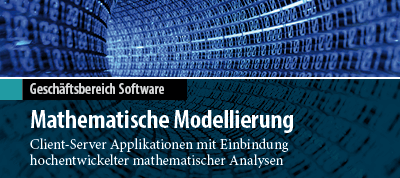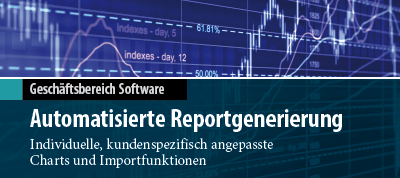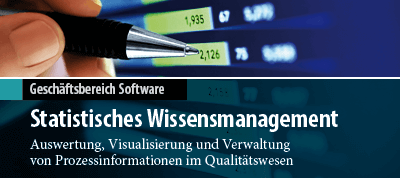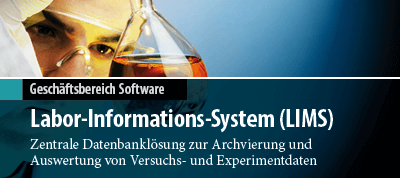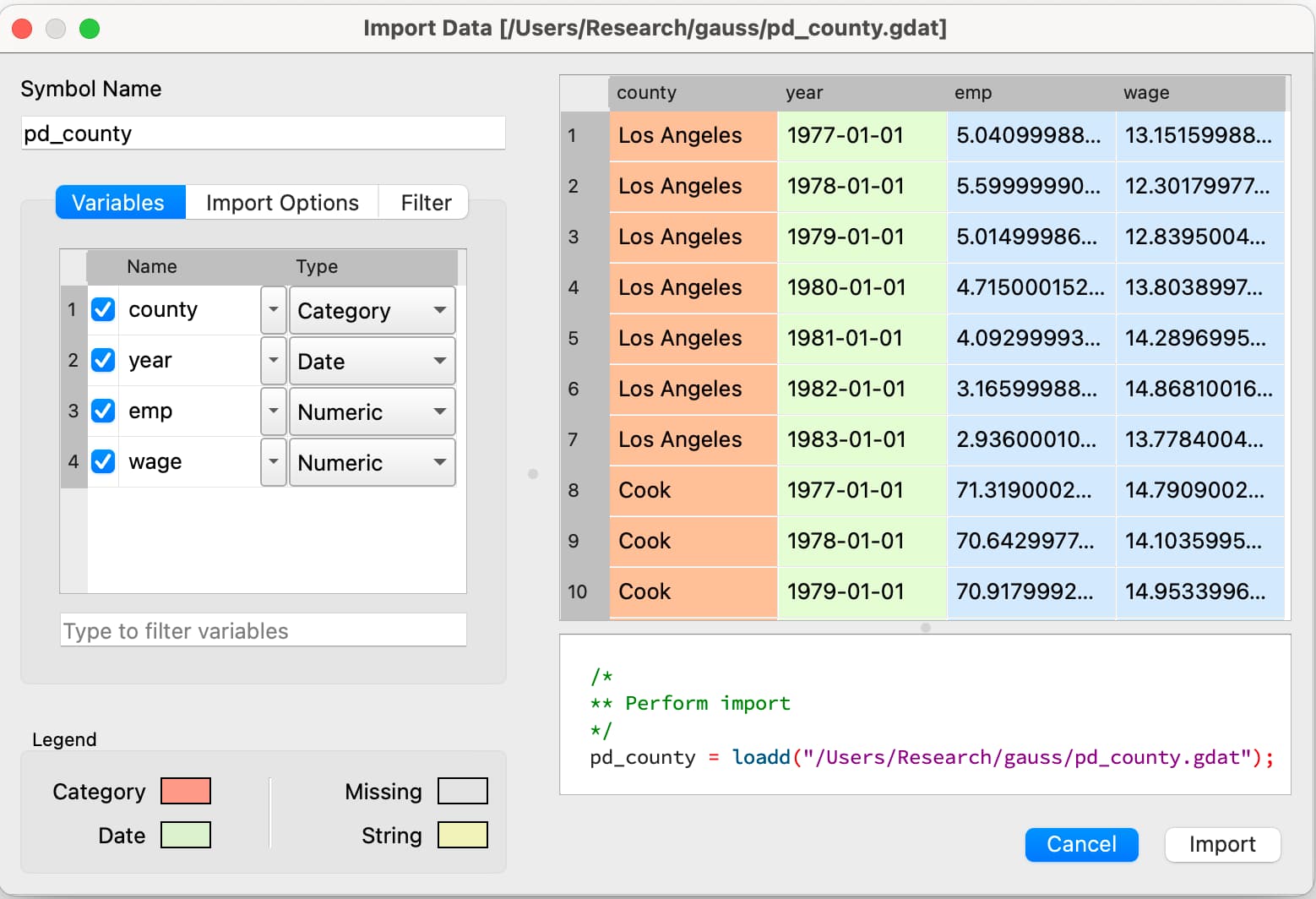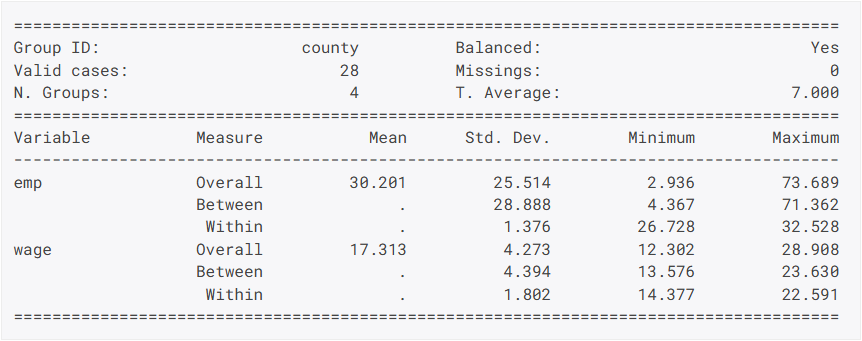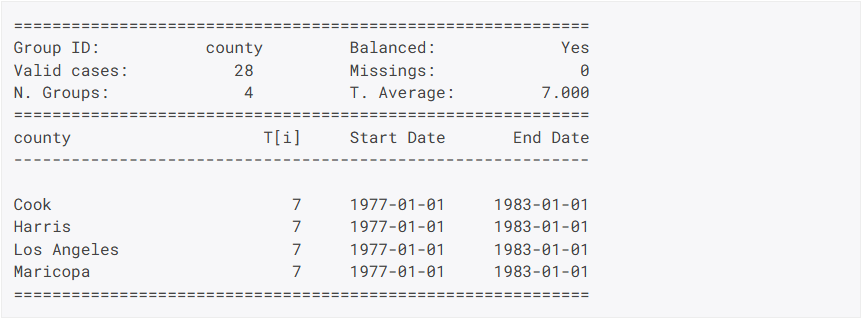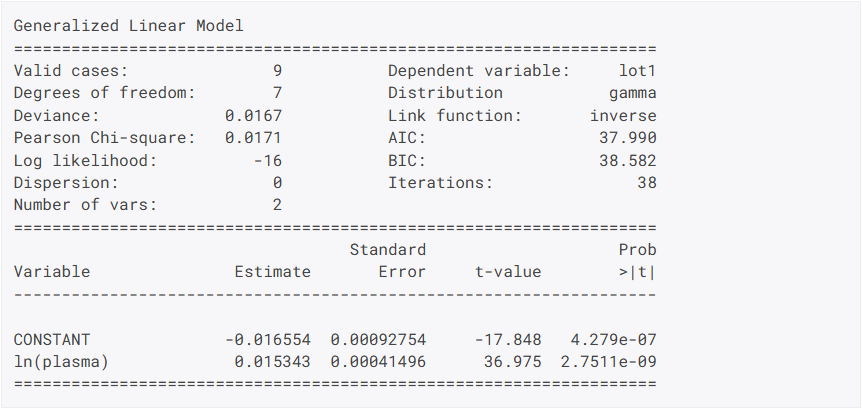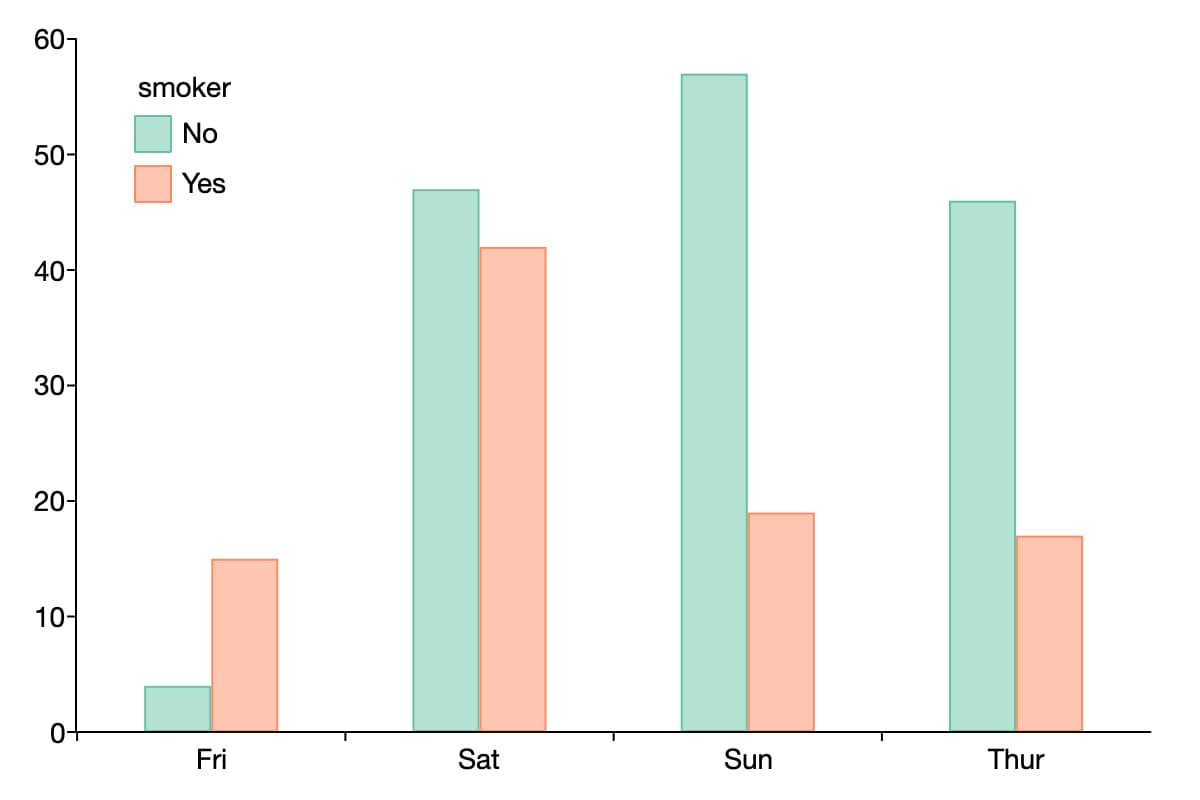New in GAUSS 25
GAUSS 25 will transform your workflow with intuitive tools for data exploration, advanced diagnostics, and seamless model comparison.
Comprehensive Panel Data Tools
GAUSS 25 transforms the way you load, analyze, and explore your data, giving you the intuitive tools you need.
Explore Panel Data Characteristics
- Explore overall, within-group, and between group summary statistics with
pdSummary.
- See panel data time distributions with
pdSizeandpdTimeSpans.
Prepare Panel Data for Modeling
- Automated and intelligent detection of group and time variables for seamless workflows.
- Sort panel data instantly with detected group and time variables using
pdSort. - New
pdLagandpdDifffor calculating panel data lags and differences.
- Check for balance and consecutiveness with
pdAllBalancedandpdAllConsecutive.
New Hypothesis Testing
The new waldTest procedure provides a powerful and intuitive tool for testing linear hypotheses after estimation.
- Perform post-estimation hypothesis testing after OLS, GLM, GMM, and Quantile Regression.
- Specify hypotheses effortlessly using variable names.
- Comprehensive support for linear combination of variables in hypotheses.
Check for the equivalency of slopes across quantiles after Quantile Regression with the new qfitSlopeTest.
Enhanced Result Printouts
GAUSS 25 now offers expanded model diagnostics and consistent printouts across all estimation procedures.
These enhancements make it easier than ever to compare models, explore results, and gain deeper insights with confidence.
Improved Performance and Speed-ups
- Expanded two-way tabulation using
tabulateto find row or column percentages. - The
gmmFitIVunction now uses metadata from dataframes to identify and report variable names and supports the "by" keyword. - Optional specification of sorted data provides speed improvements when using
counts. - The
plotFreqprocedure now supports the "by" keyword for counting frequencies across groups.
savednow automatically detects and saves categorical and string variables using their labels for Excel files.








